| Structure | Name/CAS No. | Articles |
|---|---|---|
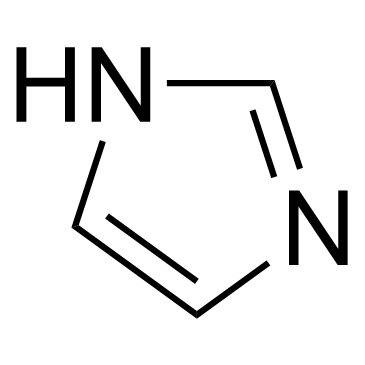 |
Imidazole
CAS:288-32-4 |
|
 |
Acetonitrile
CAS:75-05-8 |
|
 |
Hydrochloric acid
CAS:7647-01-0 |
|
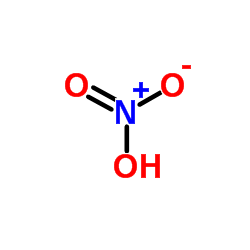 |
nitric acid
CAS:7697-37-2 |
|
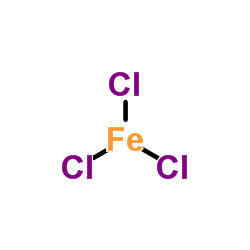 |
Ferric chloride
CAS:7705-08-0 |
|
 |
Formic Acid
CAS:64-18-6 |
|
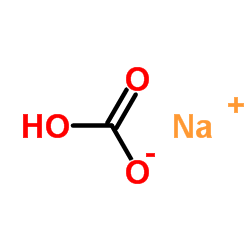 |
SodiuM bicarbonate
CAS:144-55-8 |
|
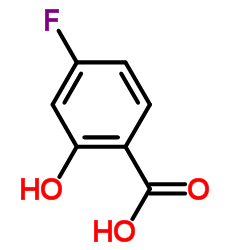 |
4-Fluoro-2-hydroxybenzoic acid
CAS:345-29-9 |
|
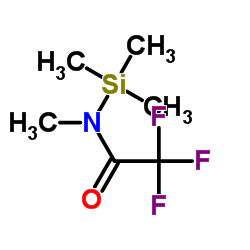 |
MSTFA
CAS:24589-78-4 |
|
 |
Enterobactin from Escherichia coli
CAS:28384-96-5 |